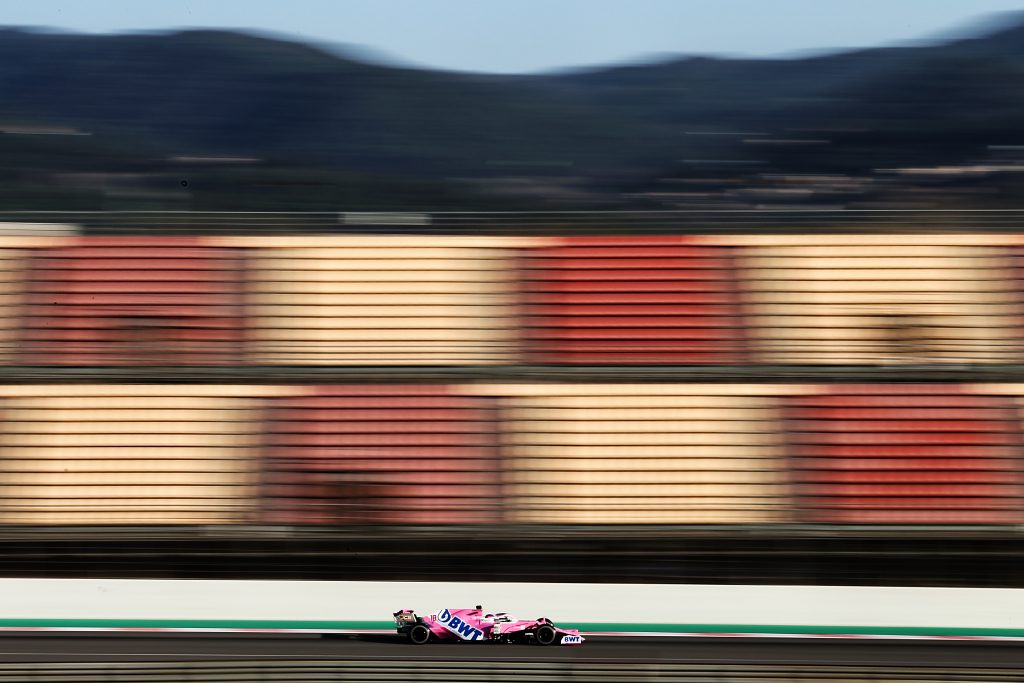Up Next

Like all professional sports, the motorsport industry finds itself in a precarious position right now.
As the peak of the coronavirus hopefully starts to abate and the path towards full business and sporting activity resuming begins to form, how will motor racing restart?
The Race understands that Motorsport UK executives and chairs of the various disciplines of the sport’s managing committees in Britain are working now on a ‘How we could safely restart our sport’ document for presentation to the Secretary of State at Department for Digital, Culture, Media & Sport (DCMS).
International and national championships are looking at the increasingly likely scenario of running races ‘behind closed doors’.
But what exactly does that mean and what are the key challenges in ensuring that some racing can at least take place in 2020?
While it is true that some elements of holding ‘behind closed doors’ events would simplify some protocols, it also raises many other questions about practicalities, safety and security of events that may only be able occur with an enforced reduction of human resources.
In order to get a handle on what is needed and what the key topics to tackle are, The Race spoke to the former managing director of the Donington Park circuit Christopher Tate.
He is one of the UK’s most respected industry figures after also holding senior positions at Elan Motorsport Technologies, Lola Cars International Ltd and being a co-founder of the Rockingham Motor Speedway. He currently sits on the Council of Motorsport UK.
Tate was speaking in his own capacity as a motorsport consultant for this interview.
Formula 1 believes it can host grands prix without spectators from July onwards and could confirm an event or events later this week.
Formula E is currently looking at the possibility of running some behind closed doors events to conclude its current season before the end of September, so that it can then have the necessary break before its 2020/21 campaign begins in mid-December at the Diriyah track in Saudi Arabia.
Tracks such as Portimao, Valencia, Brands Hatch, Silverstone and Donington have been discussed as potential hosts for spectator-less Formula E races.
Recently Silverstone’s managing director Stuart Pringle told The Race that an F1 races without spectators “would be bizarre”, adding: “one of the major factors about why it’s such a cool event is because of the atmosphere”.
Closed-doors events can, on the face of it at least, appear simple to run. However, there are significant obstacles to be cleared in order to hold them safely and practically.
Obstacle 1: Legalities
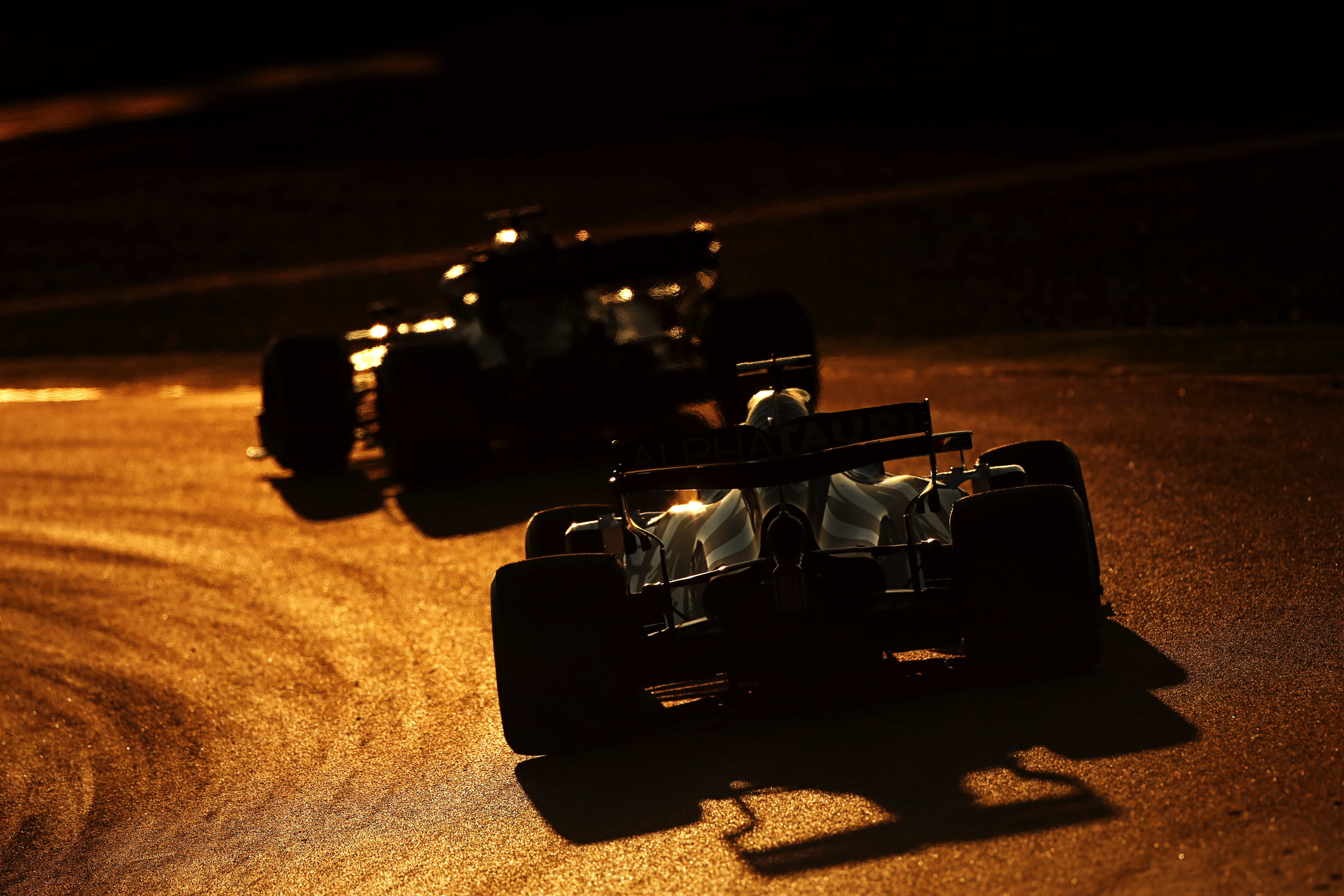
Firstly, there is the overall legal situation internationally, and nationally, and what needs to be put in place in order for any event to be sanctioned at all.
Last Friday the FIA issued a decree detailing more streamlined provision for regulatory change.
It stipulated: ‘provided that the unanimous agreement of all competitors properly entered for the championship, cup, trophy, challenge or series concerned is obtained. However, in exceptional circumstances, and if the FIA considers that the change in question is essential for the safeguarding of the championship, cup, trophy, challenge or series concerned, the agreement of the majority of the competitors properly entered shall suffice’.
This could at least expedite the initial decisions that would then activate the national ASNs to issue permits for circuits to host races.
“No governing body of any sport is as of today about to issue a permit whether through any overall international governing body such as, in our sport, the FIA, or on down through the national sporting authorities – in our case MSUK,” says Tate.
“They are not going to issue any permits to anybody until they’re told it would be acceptable for them to do so from their national government level. And it may be that restrictions would be lifted in stages, so everything remains speculative for now.
“This could mean a partial lifting of the current pause and a limited number of participant numbers allowed on site to host an event.
“We have seen many countries saying that gatherings of up to 500 or in some cases 1000 people might be acceptable in certain circumstances, but most others say nothing in reference to present numbers of people.”
This is currently hurdle number one, “because any meeting of any sort, would not be possible otherwise,” according to Tate.
“If there is a cap of a certain amount of people that an event has to come in under, then it could prove difficult legally to ensure the terms of a cast-iron limit could be met” :: Christopher Tate
We know that there will be no permits issued until the end of June in the UK, and this is the position of most ASNs around Europe at present.
Once an issuing of a permit is possible the first outreach will be to confirm if volunteer staff would want to attend and make possible the running of an event. In short, without a will there won’t be a way.
The required personnel includes marshals, pit observers, maintenance workers, admin staff and a host of other volunteers.
Compared to the UK’s national sport – football – motorsport is more human resources intensive for a behind closed doors set-up.
“The big difference with say, football is that arguably apart from the 22 people competing on the pitch and some substitutes sitting on the sidelines and the managers and the coaches, there aren’t many other people necessary,” says Tate.
“Very few other people would be within the entire confined stadium space, whereas motorsport typically has a huge square metered area to cover, circuits and clubs need staff, and the teams need a certain amount of staff to operate the cars.
“So, if there is a cap of a certain amount of people that an event has to come in under, then it could prove difficult legally to ensure the terms of a cast-iron limit could be met.”
Obstacle 2: Medical cover
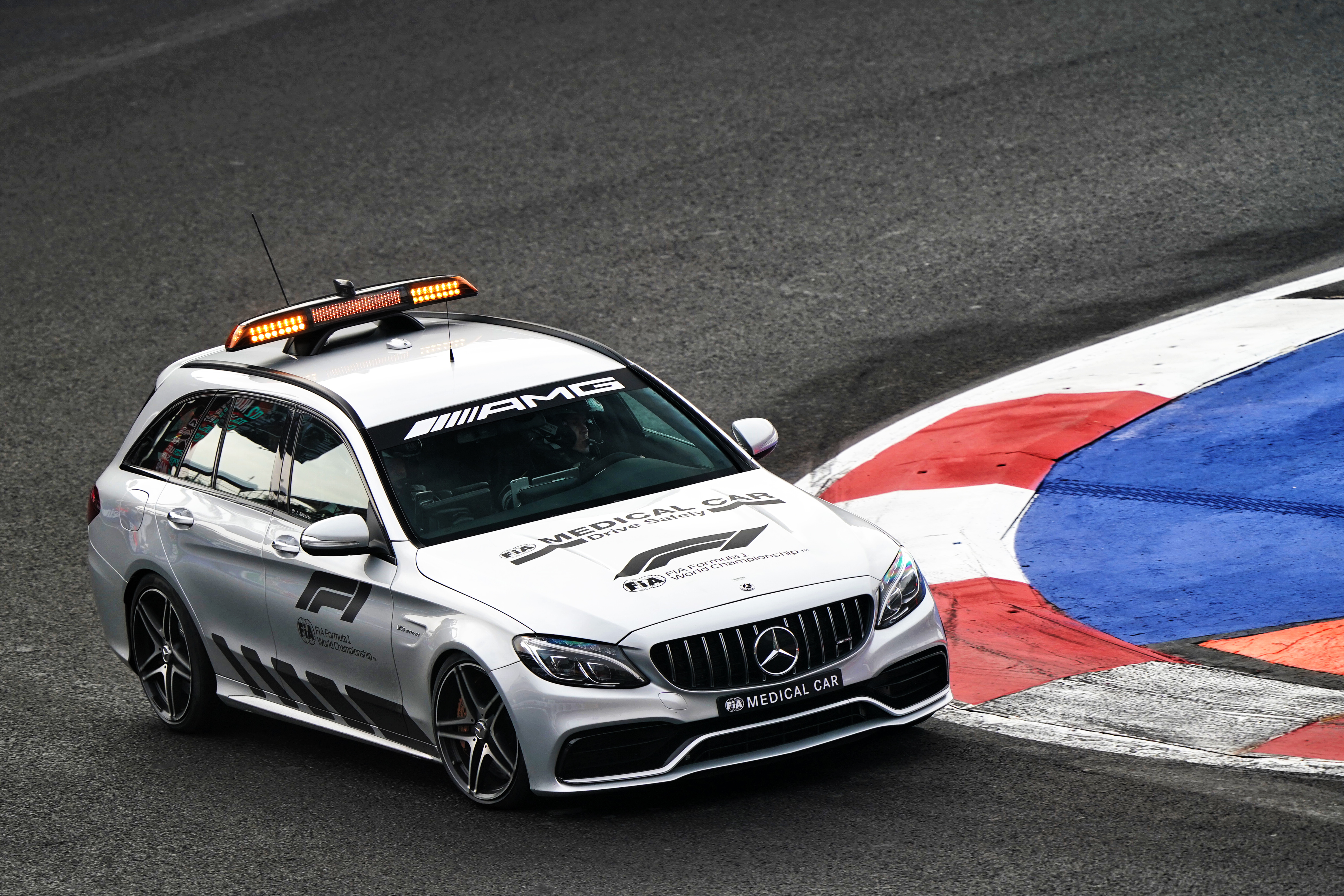
Then what about the medical cover and the availability of the local hospitals and staff if they were to be needed?
This issue is – apart from the practical point of individual availability – also a PR one of persuading the number of doctors needed to attend for an event. The circuits, the event organising club and MSUK’s insurers all have an interest in, and duty of care to, the competitors and indeed all those on site.
“For major races, there are very clear regulations about the number of doctors and which speciality among them have to attend – and then there is the external perception of medical staff being used for something that some may deem frivolous in these difficult times,” says Tate.
It is not difficult to see the negative PR implications of Tate’s point here should this not be handled correctly.
“Motorsport cannot be put in a position where public opinion is negative towards it” :: Christopher Tate
That said, most international championships have their own medical teams usually under the direction of an FIA medical delegate in place anyway.
Formula E, like many championships, uses the private and specialist medical company MDD, but it too will need a local team likely to have been sourced from the local health care system.
“The circumstances have got to be right for that to happen,” says Tate.
“Motorsport cannot be put in a position where public opinion is negative towards it. That could do untold damage to its reputation at a delicate time.”
However, as Tate points out, given all the innovative and exceptional work by many motorsport industry companies in recent weeks, motorsport probably currently has the best image among the main UK sports for its support, care and professional excellence in contributing to the Covid-19 fight.
It has contributed an exceptional amount to medical professionals in terms of PPE and ventilator tech support, so a groundswell of opinion could be neutral-to-favourable for motorsport to get up and running quicker than some other sports.
Obstacle 3: Personnel and Testing
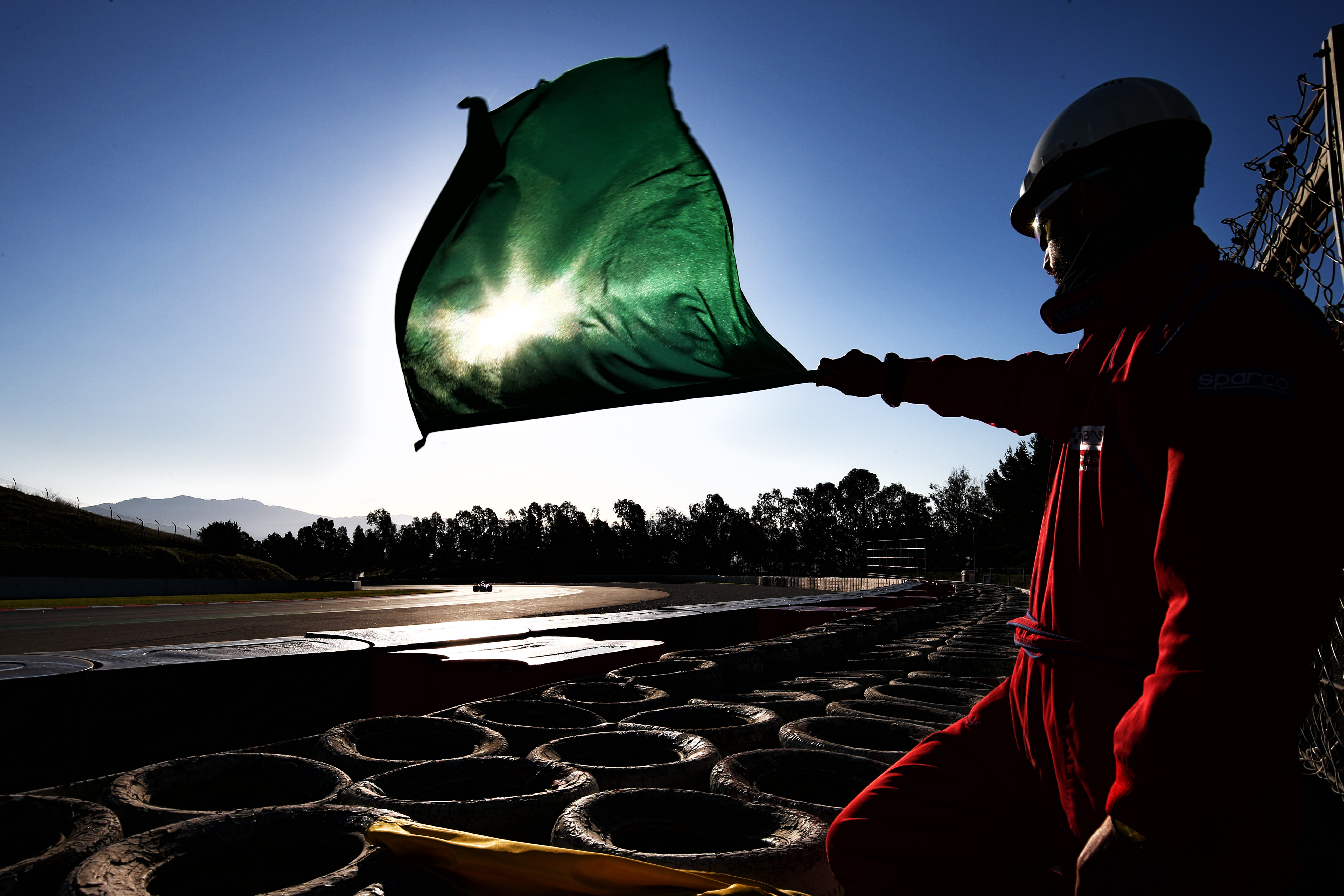
Practically speaking motorsport needs an awful lot of people to make an event work, especially at professional and international level.
“For something like FE, as we know it’s not just 20-cars turning up with a driver and one engineer to turn the thing on,” says Tate.
“You’d probably have to be COVID testing all the attendees as they arrived at the paddock, or they’d have to bring a certificate of health, that looks likely.
“Let’s say just the paddock was the only place that was open, there would also likely have to be social distancing there. That’s going to be challenging.
“So if you’ve got even a skeleton staff of say four or five mechanics crawling all over a car… well, they’re not going to be two metres apart at all times are they?”
To return to the point about public perception, what would the response be to hundreds of testing kits being used on the personnel involved in a motorsport event when they might be required by the public at large?
That also raises more questions about the willingness of employees to work in such circumstances and surroundings. There is a cultural assumption in motorsport of simply getting the job done ‘come hell or high water’.
“If we were to be pessimistic about a worst-case scenario, companies will also have to be careful in the next few months about asking staff to do something they may be unhappy doing,” says Tate.
“If a race team were to call staff back, some may be of the opinion that they don’t want to work in a team just yet, no matter the conditions of social distancing or testing.”
Furlough systems around the world are in place for many companies, those involved in F1, Formula E, the DTM and World Endurance Championship included.
The majority of these schemes include the legal implication that if you come off the furlough, you can’t go back on it, so this topic is likely to be a big human resources question for companies in the coming months too.
Obstacle 4: Security
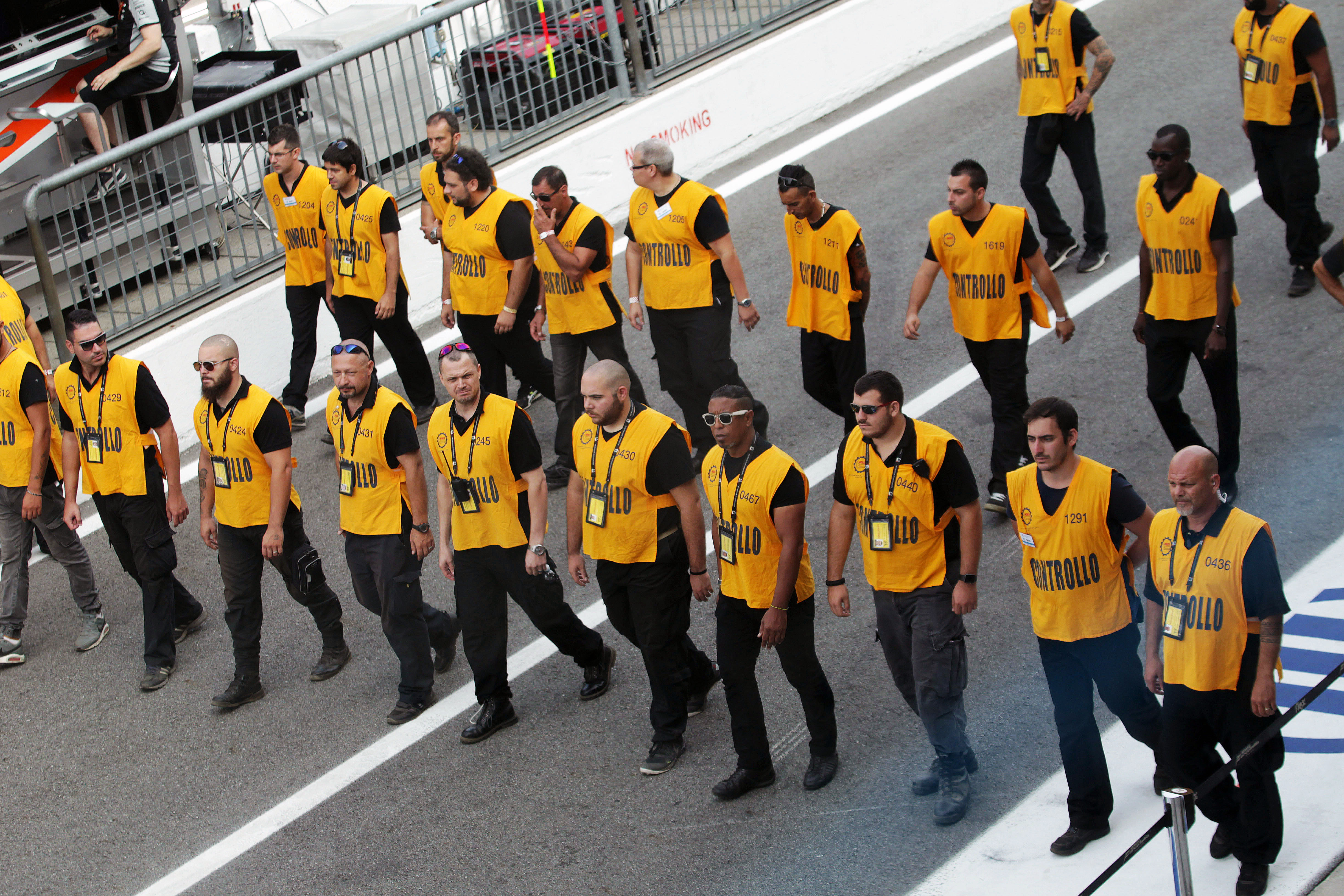
This may seem a little counterintuitive, but if a behind closed doors event were to take place for a high profile racing series then security would almost certainly be needed.
Let’s be honest, there are hundreds if not thousands of people quite capable of trying whatever they can to attempt ‘a sneak in’ to an event.
No one is advocating breaking lockdown rules but it is just a fact of life that human nature is inquisitive and that people will be both eager and curious to see what is going on beyond the TV screen.
A considerable team of private security personnel would have to be employed to cover a whole circuit and possibly much more than that.
“Keeping a crowd out would be an odd situation but doing that would actually be quite an intensive thing to do but legally probably vital and necessary,” says Tate.
Obstacle 5: Social Distancing
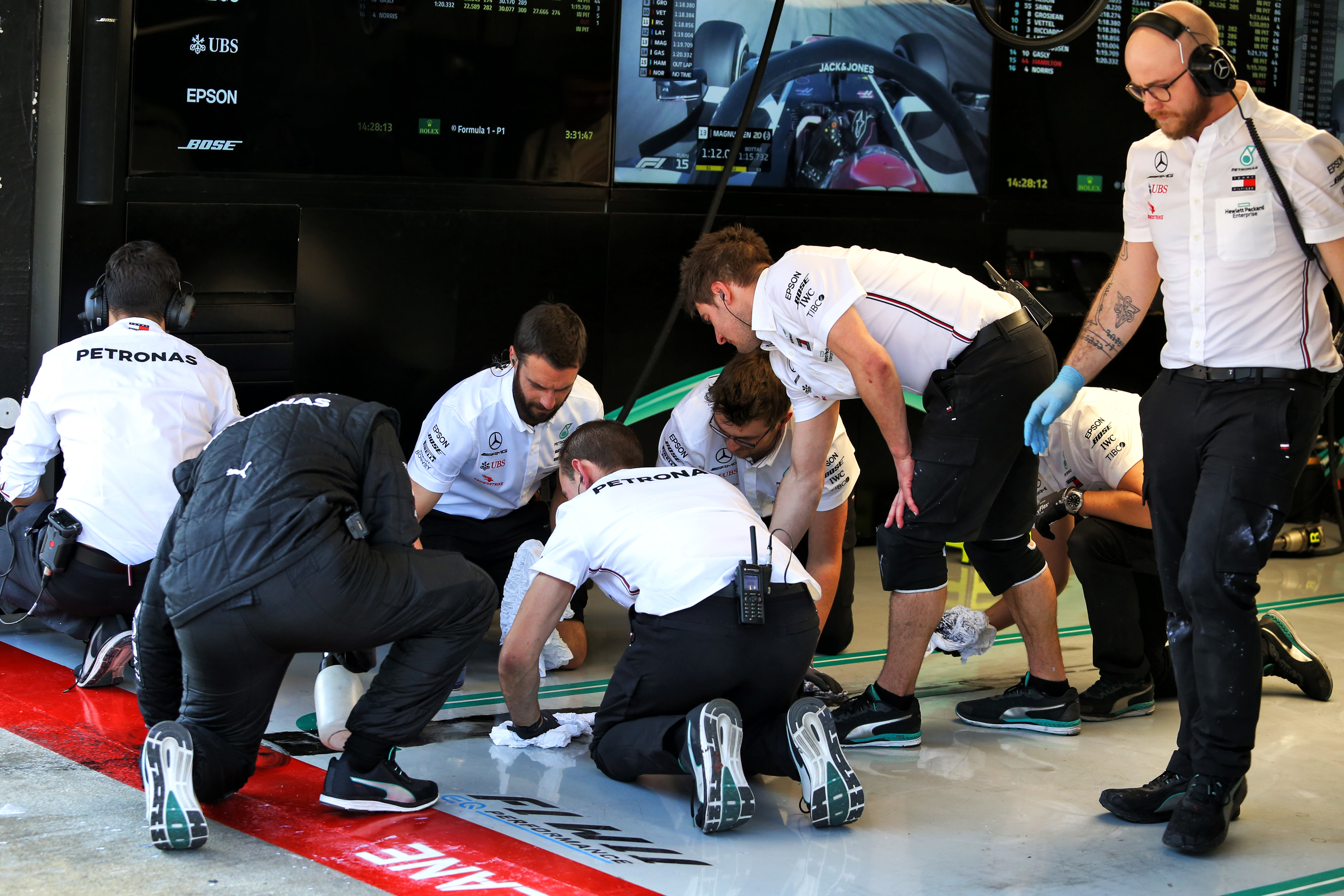
A degree of social distancing looks set to be likely for the majority of 2020.
The UK’s most senior medic, Chris Witty, said last week that “highly disruptive” social distancing would be needed for “really quite a long period of time”.
In a typical race control there will be at least 12 people, while medical centres, timekeeping and TV production will have a similar headcount.
Then there are the teams. In Formula E, operational staff is limited to 20 personnel but most manufacturers have an additional 20 to 30 in PR, commercial, management and marketing. The numbers in F1 are substantially larger.
“Each marshals’ post will have a minimum of three people and then there are pitlane observers and so on,” says Tate.
“It could be possible to limit it to a high number of hundreds of people – but then you have the possibility of social distancing procedures, how should they be enforced? That just might be difficult to achieve.”
The big question is: can it happen effectively and safely? This is the crucial point because some championship will essentially become a guinea pig in hosting an event behind closed doors.
What if it goes wrong and an outbreak is traced to that event?
You can imagine the fall-out being serious not only for that championship but also for the public perception of motorsport overall.
Obstacle 6: Safety
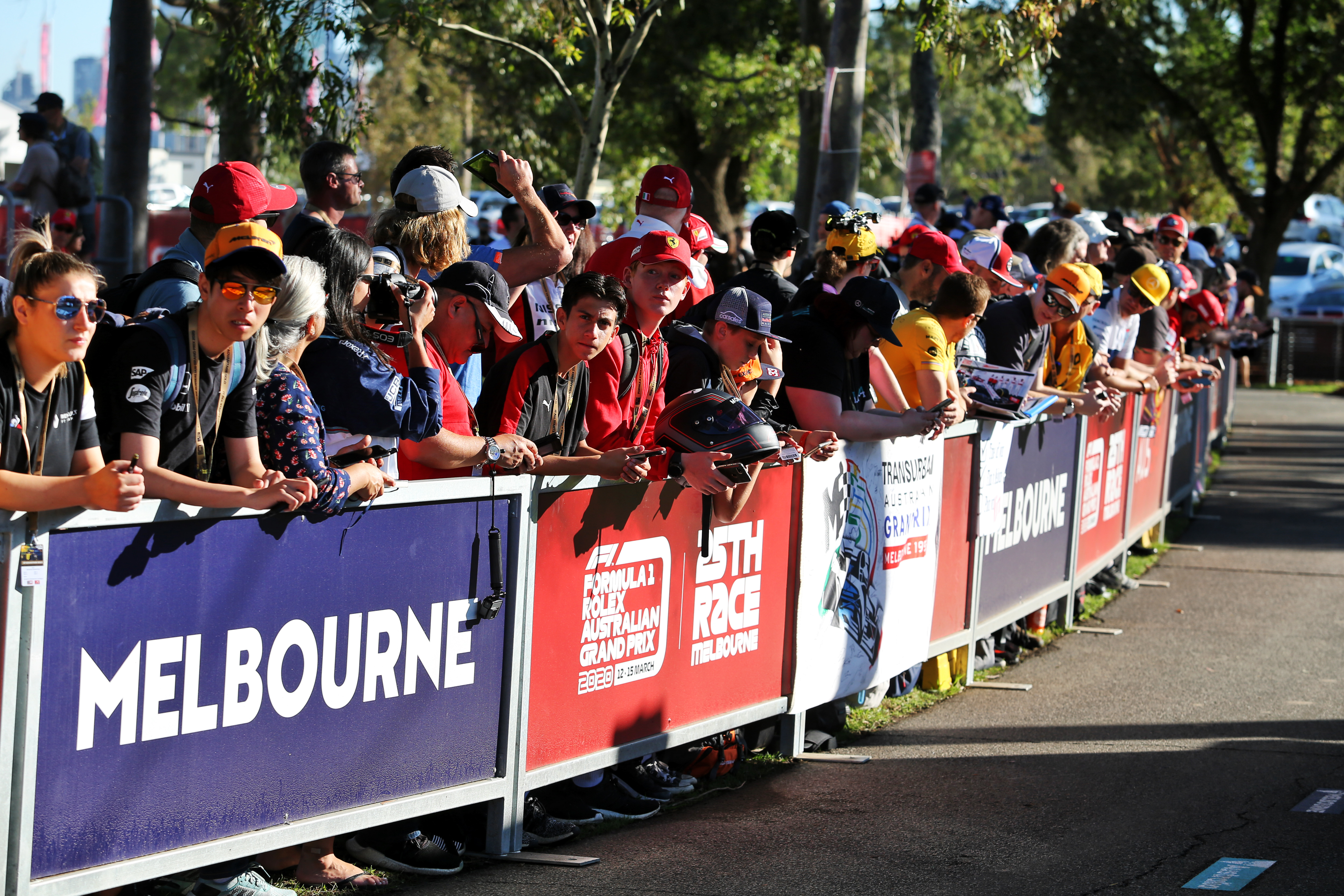
For a permanent racing facility running behind closed doors will likely be cheaper and easier than it would normally be if spectators were in attendance.
The simple reason for this is that the track is not having to deal with crowd safety, parking, seating, catering and so on. And the normal but additional safety measures to protect temporary additional grandstands or spectator areas can be stood down.
“In the UK, for instance, you are obliged by ‘the Purple Guide’ Taylor report to have a certain number of stewards in the grandstand or spectator enclosure for every X hundred people in the grandstand,” says Tate.
“So, the numbers of people that you must employ could be cut from one point of view but maybe this gain is diluted with the number of security you need to stop people getting in.”
Conclusion
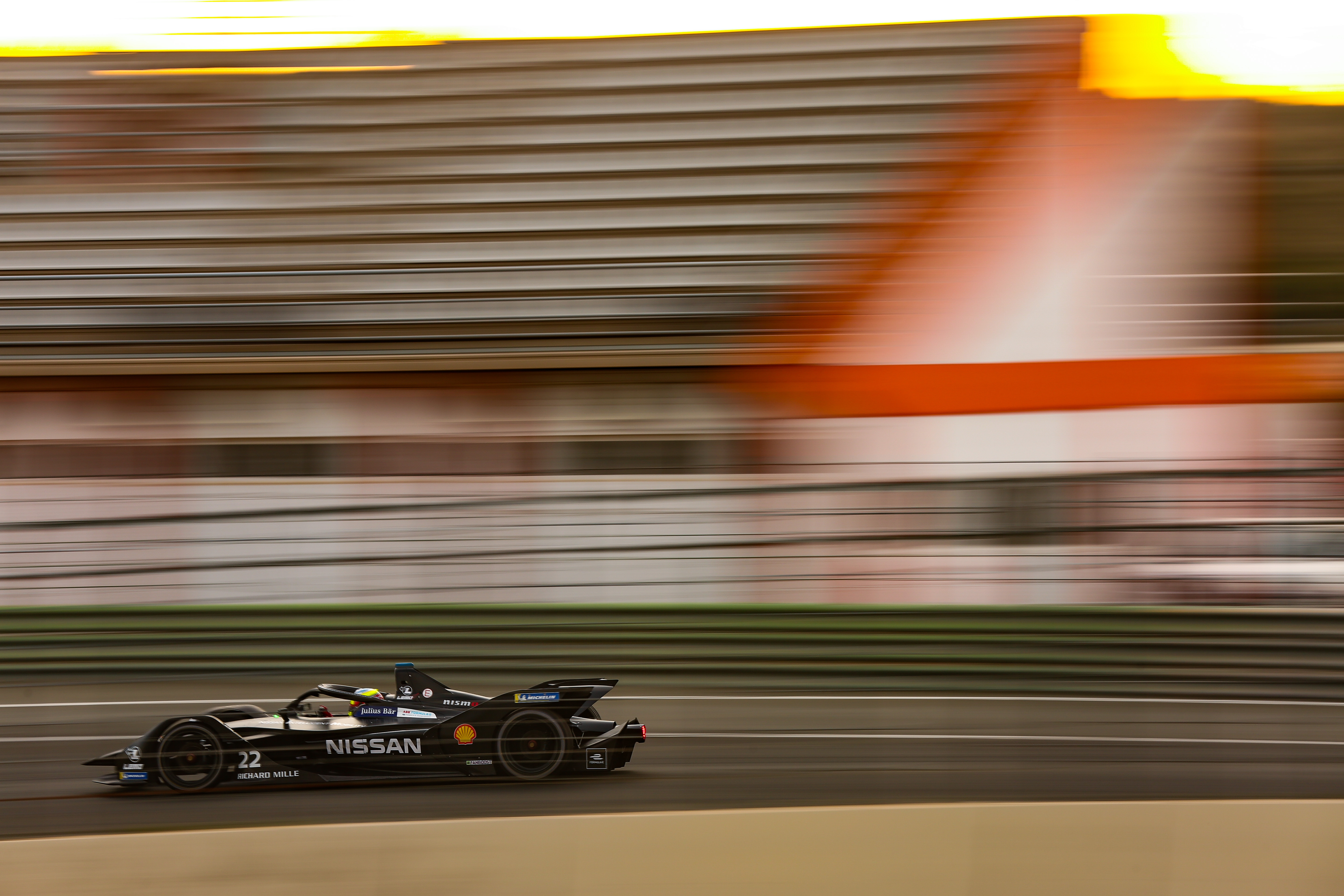
While a few of the hurdles above look challenging, others appear easier to overcome.
Ultimately, as with all business, the question of money is important.
“We all want to see motor racing back again, just as soon as we can and whatever form it is we want it back, but commercially, the question of who’s going to pay to make that happen is an really interesting one,” says Tate.
“So the circuit, if it’s a permanent circuit closed to spectators, they would not want to pay anything just so they can let their facility be used. They might even ask the championship for a hire fee!”
There is no doubt that within the industry, and also among the millions of fans, the will and the appetite for racing to return is there. But that is that enough, in the near future, for a quick return?
“People at national government, media and medical senior level are increasingly thinking that to provide some live sports, on television, nationally and internationally, is an important point,” says Tate.
“For people not to be able to go out to socialise, nor go to the pub, nor meet friends, nor watch any live sport nor have any live sport to watch on television is tough. This is no doubt having an increasing detrimental health effect on many people.
“So, there may be a political willingness at some stage in the near future to ensure sport gets kickstarted again.
“I don’t know whether that’s weeks or months away, to allow people to have sporting events behind closed doors, but I’m sure there will come a time when it can happen.”
The motorsport industry is a network and a chain of enterprises and capabilities that surely has to be given some extra help to get its engine running again. Perhaps it must do so only when society and power is fully onside too.


